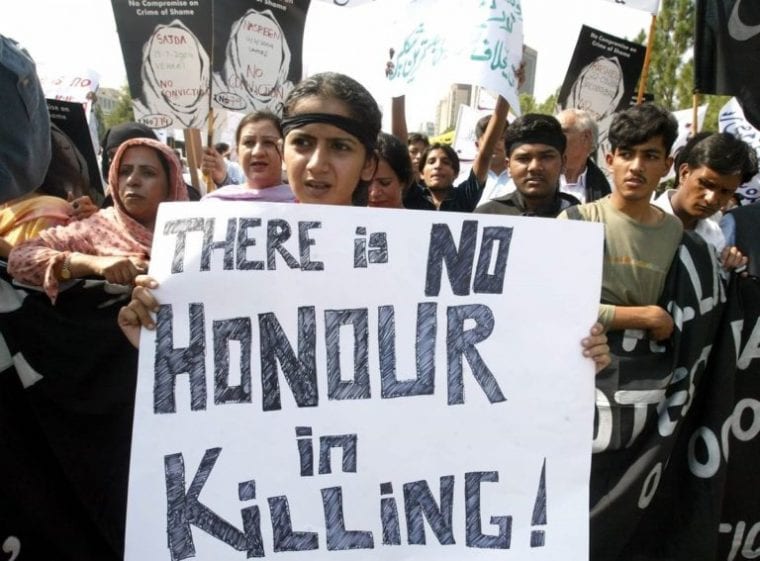1. We are of opinion that there must be a retrial in this case. We do not desire to say anything as regards the facts or the merits of the case, but there are one or two mis-directions and certain omissions, and we cannot find that the learned Judge was justified in questioning the jury after they had given an unanimous verdict under sec. 325 which section was included in the charge under sec. 304. The first of the mis-directions is that the learned Judge asks the jury to accept the statement in the first information in preference to the evidence in the case and speaks of the introduction of the fiction of the subsequent quarrel in the jute field.
2. Now the first information is not evidence in the case. It is tendered by the Crown for such use as the defence may be able to make of it and to test the consistency of the prosecution evidence. The most use therefore that the learned Judge could have made of it was, as he subsequently seems to have pointed out, to say that although it gave a different account of the occurrence from that in the evidence yet on the Sub-Inspector''s evidence it could be reconciled with that evidence. That is the highest at which he could put it. Then the jury would have had an opportunity of judging whether in that view the positive evidence in the case could be believed.
3. Then there is a second misdirection, namely, that there was no suggestion that any one other than the accused was the culprit.
4. Now, apart from the fact that witness No. 5 was asked whether two other men did not beat Gomez with lathes, the written statement of the accused gives an account, a general account it is true, of the occurrence which certainly suggests that he was not the culprit. He says that the two villagers quarrelled and one villager chased the other across the field and he therefore does not know what happened. That surely was a suggestion that whatever wounds Gomez received, were received in that chase.
5. But there are, in addition to these mis-directions, omissions, and omissions of very great importance. The charge ends abruptly with the statement" no evidence adduced for the defence.'''' If the Judge thought it necessary to put this fact so prominently before the jury, at least he was bound to qualify it by pointing out to the jury that the defence was not bound to call any evidence. That they could rely on the prosecution evidence as far as it could help them and that they were entitled to the benefit of any doubt. From the abrupt way in which this sentence is placed in the charge we cannot be satisfied that the learned Judge really put these simple considerations before the jury.
6. Then there is a question, and a very important question, which arises on the medical evidence. The medical witness says that the wound on the neck was directed downwards and inwards from the left to the right side of the neck; and the evidence also is that the accused was a man very much shorter than the deceased. It should therefore have been pointed out to the jury that the direction of the wound was a point worthy of consideration and that it was for them to determine whether it was possible for the accused to have raised his hands to sufficient height to strike downwards at the deceased''s neck.
7. There is a further omission when the learned Judge points out to the jury in the Sub Inspector''s evidence that he found the accused and the other villagers absconding and he follows it up directly by the sentence '''' under these circumstances can the jury doubt, &c," as if the absconding of the villagers and of the accused was a matter which strengthened the case for the prosecution, instead of pointing out to the jury as he should have done that absconding is a matter which is equally consistent with innocence as with guilt and that it could only be considered in connection with the rest of the evidence and it was for the jury to attach any weight to it which the rest of the evidence enabled them to do, but that it is in itself a circumstance of no weight. For all these reasons we set aside the conviction and sentence and direct that there be a re-trial with the aid of another jury.

